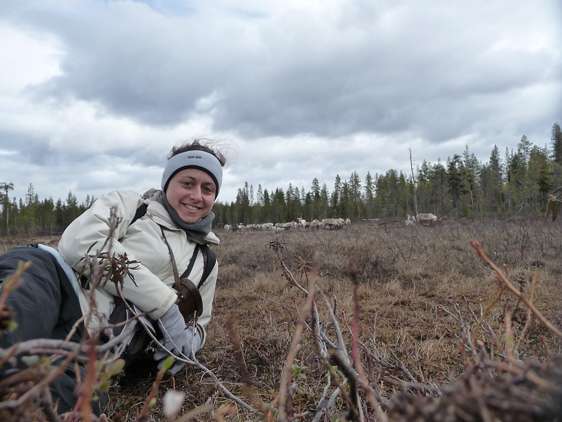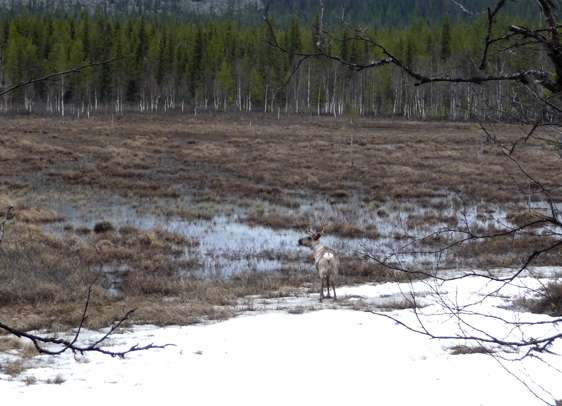Role of climate in the population dynamics of Eurasian reindeer

Exploitation of natural resources, such as forestry or gas and oil extraction, and management practices may have faster and greater impacts on reindeer populations than does climate change, a study finds. However, climate change should not be forgotten or underestimated, since reindeer are adapted to cold temperatures and therefore susceptible to temperature increases.
"By understanding what drives fluctuations in reindeer numbers, we can develop informed regulations and management programs and work on preventing or at least reducing the impacts we generate on the natural world", says Alessia Uboni, postdoctoral researcher at Umeå University at the time the study was conducted.
"Moreover, we can protect the traditional livelihood of many indigenous peoples, who rely on reindeer for their subsistence. An Arctic without reindeer would not be the true Arctic anymore".
Reindeer stocks have been claimed to collapse around the Arctic, as presumptively driven by climate change. This notion is now rebutted by researchers from several Nordic universities. They found that reindeer numbers in Europe and Russia are only partially controlled by climate. Instead, local-scale and short-term factors are likely influential in controlling the status of reindeer populations and may have faster and more dramatic effects than climate change.
"Some examples are forest exploitation, oil and gas extraction, mining and dam construction, to mention just a few. All of those activities reduce the available area where reindeer can find their food or travel comfortably", says Alessia Uboni.

From Norway to Kamchatka, numbers of both wild and domesticated reindeer have varied considerably during the last decades, with patterns differing greatly among populations. In Russia, the collapse of the Soviet Union and the consequent end of government support to farming programs drove some domesticated herds close to extinction. Some wild populations suffered as well, since people turned to hunting as their main source of subsistence. On the contrary, some populations have strived during the same period.
"Climate had little or no role in those changes. Both in Europe and Russia, national management policies and an increased use of Nordic ecosystems, either in terms of tourism or extraction of natural resources, have likely contributed to influence reindeer numbers.", says Alessia Uboni.
Many would expect that climate is the driving force of the number of animals and plants populating northern ecosystems. Indeed, those areas are very sensitive to climate change, because all creatures inhabiting them are adapted to cold environments.
More information: Alessia Uboni et al. Long-Term Trends and Role of Climate in the Population Dynamics of Eurasian Reindeer, PLOS ONE (2016). DOI: 10.1371/journal.pone.0158359
Journal information: PLoS ONE
Provided by Umea University

















